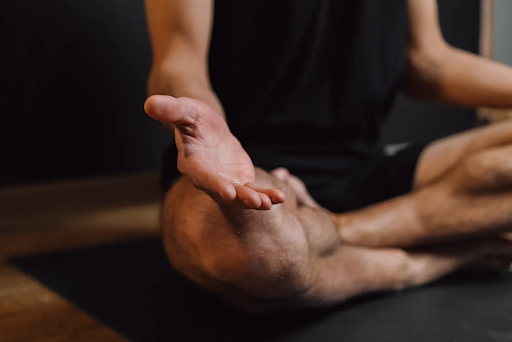Undergoing surgery, regardless of its nature, presents a recovery challenge laden with the risk of complications, one of which is the formation of blood clots. Post-surgical blood clots can pose significant health risks, including the potential for life-threatening conditions such as deep vein thrombosis (DVT) and pulmonary embolism (PE). The path to recovery and preventing such complications is paved with the proper knowledge and post-operative care. This includes understanding the importance of mobility and exercises designed to prevent blood clots. For anyone stepping into the recovery phase after surgery, it's crucial to be informed about the signs of potential complications. If you're wondering, “How do you know if you have a blood clot after surgery?" it's essential to consult healthcare guidance and seek immediate advice for symptoms such as swelling, pain, and discoloration in the limbs.
The Importance of Mobility After Surgery
Post-surgery, the body is vulnerable, navigating through the healing process while trying to restore normal function. During this period, immobility can be a significant risk factor for the development of blood clots. When you're inactive, blood flow slows down, especially in the lower body parts, increasing the risk of clot formation. Mobility exercises play a pivotal role in enhancing circulation, thus reducing the likelihood of clot development.
Gentle Exercises to Encourage Blood Flow
Walking
Walking is perhaps the most recommended exercise after surgery. It's a low-impact activity that can gradually increase in duration and intensity according to the patient's recovery pace. Starting with short, gentle walks around the room or hallway and progressively extending these walks helps to stimulate blood flow without putting undue stress on the body. Patients need to listen to their bodies and the advice of their healthcare providers to tailor walking exercises to their specific recovery needs.
Leg Lifts and Ankle Circles
Simple leg lifts and ankle circles can be beneficial for patients unable to walk extensively, especially in the initial stages of recovery. These exercises can be performed while sitting or lying down, making them accessible even during periods of significant immobility. Ankle circles involve rotating the ankles in a circular motion, clockwise and counterclockwise. This movement helps activate the muscles in the lower legs, encouraging blood circulation. Leg lifts, on the other hand, involve gently lifting the leg while keeping it straight, then holding it in the air for a few seconds before lowering it. These exercises target the leg muscles, promoting blood flow and reducing the risk of clot formation.
Integrating Exercise into Recovery
Personalization and gradual progression are essential to successfully incorporating mobility exercises into a post-surgery recovery plan. It's crucial to start slowly, respecting the body's healing process, and to increase the intensity and duration of exercises as recovery advances. Healthcare professionals play a vital role in advising patients on the most appropriate exercises, considering the type of surgery and the individual's overall health.
Moreover, incorporating mobility exercises into a recovery regimen requires a holistic approach that considers not just the physical aspect of healing but also the patient's psychological readiness. Encouragement and emotional support from healthcare providers, family, and friends can significantly impact a patient's motivation to engage in physical activity post-surgery. This psychological aspect is pivotal because a positive mindset can enhance the willingness to move and exercise, even within the constraints of post-operative recovery.
In addition to professional guidance and emotional support, technology and digital health tools can further tailor and enhance the recovery process. Wearable devices that monitor movement and provide feedback can motivate patients to reach their daily mobility goals. Similarly, apps designed for post-surgery recovery can offer personalized exercise plans, track progress, and even connect patients with their healthcare providers for real-time advice and adjustments to their regimens.
Conclusion
Recovery after surgery is a delicate balance between healing and preventing complications, with the prevention of blood clots being a priority. Mobility exercises, from walking to leg lifts and ankle circles, effectively reduce the risk of such complications. When performed correctly and consistently, these exercises help maintain blood flow, encourage healing, and contribute to a smoother recovery journey. As always, the guidance of healthcare professionals is paramount in ensuring that post-surgery exercises are performed safely and effectively, tailored to each patient's individual needs. Remember, the road to recovery may seem long. Still, with the right approach, including mobility exercises, patients can navigate it successfully, reducing the risk of complications and moving towards total health.













